
A dog may be man’s best friend, but anatomically speaking which species is superior?
One obvious difference between dog anatomy and human is the contrast in size (and of course that human’s walk on two legs and dogs on four!) An average human height is 180cm, with the tallest dog, the Great Dane, reaching 86cm, and the smallest dog, the Chihuahua being 26 cm max.
This immediately identifies one of the fascinating facts about dog anatomy – the wide range of size within dog breeds. No other species has such a wide spread of size and weight as the dog. Not convinced?
Of course you are familiar with your own eyes and having upper and lower eyelids. But did you know dog anatomy is such that dogs have three sets of eyelids? They have the additional of a “third” eyelid, also known as the “nictitating membrane.”
The third eyelid is located at the inner corner of the eye, and slides across the cornea to protect it when danger threatens. It is most usefully deployed when a dog pushes through undergrowth or if faced with an angry cat – as it forms a barrier to scratches.
The dog has a typically black, leather nose, but did you know this feature of dog anatomy is as unique to each individual as a fingerprint is to people? The folds and creases on a canine nose are unique and can be used as a means of identification. Another striking difference between dog anatomy and human is our sense of smell. A dog devotes over 40% more of his brain power to processing smells than the human brain. Indeed dogs are born to sniff with that wet nose being able to detect which direction a faint smell is coming from. The average human has a generous 5 million scent detecting cells in their nose, but this seems insignificant compared to the king of scent hounds, the Bloodhound, which has a magnificent 300 million scent detecting cells. [Learn about the importance of a sense of smell in Holly and Hugo’s Animal Psychology course] 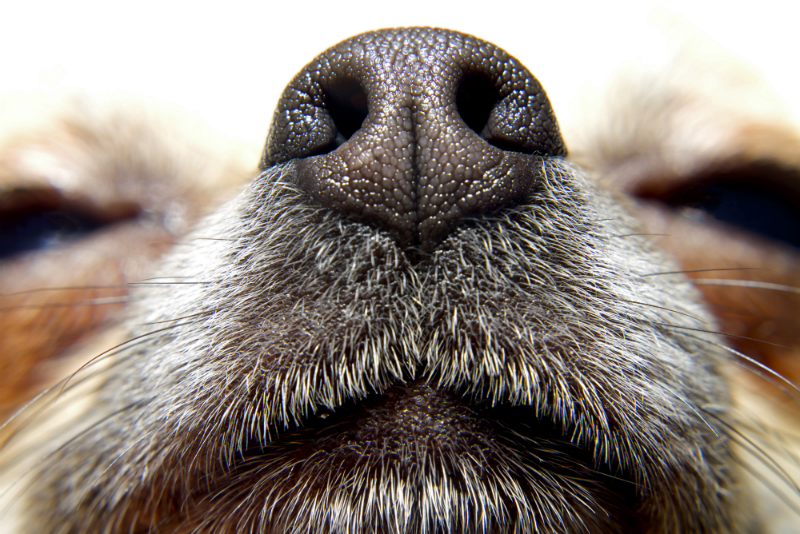
Another area where dog anatomy wins is their sense of hearing. Whereas we may struggle to hear a sound 20 feet away, a dog can hear the same noise over 80 feet distant. Not only that but whereas the human ear can’t detect sounds above 20 KHz, the dog’s ear easily hears up to 60 KHz and a whole studio of sound that is denied to us.
Whilst not all dog breeds have tails, for those that are equipped with this marvelous means of canine communication, a waggy tail has to be the most joyful part of dog anatomy. An average tail is made up of 23 articulated bones. But here’s the rub. Did you know that people have a vestigial tail? OK, it’s only present for a few days, but the human fetus develops a tail from days 31 – 35 of gestation – a throwback to our simian ancestry.
And finally, one of the biggest differences between dog anatomy and our own is the dog’s shorter lifespan. The average human life expectancy is 71 years, whereas for our canine companions it’s just 10 -13 years. Given the effect dogs have on our hearts and lives, this is one area where it’s a hollow victory, to be the superior species. dog may be man’s best friend, but anatomically speaking which species is superior?
One obvious difference between dog anatomy and human is the contrast in size (and of course that human’s walk on two legs and dogs on four!) An average human height is 180cm, with the tallest dog, the Great Dane, reaching 86cm, and the smallest dog, the Chihuahua being 26 cm max.
This immediately identifies one of the fascinating facts about dog anatomy – the wide range of size within dog breeds. No other species has such a wide spread of size and weight as the dog. Not convinced?
Of course you are familiar with your own eyes and having upper and lower eyelids. But did you know dog anatomy is such that dogs have three sets of eyelids? They have the additional of a “third” eyelid, also known as the “nictitating membrane.”
The third eyelid is located at the inner corner of the eye, and slides across the cornea to protect it when danger threatens. It is most usefully deployed when a dog pushes through undergrowth or if faced with an angry cat – as it forms a barrier to scratches.
The dog has a typically black, leather nose, but did you know this feature of dog anatomy is as unique to each individual as a fingerprint is to people? The folds and creases on a canine nose are unique and can be used as a means of identification. Another striking difference between dog anatomy and human is our sense of smell. A dog devotes over 40% more of his brain power to processing smells than the human brain. Indeed dogs are born to sniff with that wet nose being able to detect which direction a faint smell is coming from. The average human has a generous 5 million scent detecting cells in their nose, but this seems insignificant compared to the king of scent hounds, the Bloodhound, which has a magnificent 300 million scent detecting cells. [Learn about the importance of a sense of smell in Holly and Hugo’s Animal Psychology course] 
Another area where dog anatomy wins is their sense of hearing. Whereas we may struggle to hear a sound 20 feet away, a dog can hear the same noise over 80 feet distant. Not only that but whereas the human ear can’t detect sounds above 20 KHz, the dog’s ear easily hears up to 60 KHz and a whole studio of sound that is denied to us.
Whilst not all dog breeds have tails, for those that are equipped with this marvelous means of canine communication, a waggy tail has to be the most joyful part of dog anatomy. An average tail is made up of 23 articulated bones. But here’s the rub. Did you know that people have a vestigial tail? OK, it’s only present for a few days, but the human fetus develops a tail from days 31 – 35 of gestation – a throwback to our simian ancestry.
And finally, one of the biggest differences between dog anatomy and our own is the dog’s shorter lifespan. The average human life expectancy is 71 years, whereas for our canine companions it’s just 10 -13 years. Given the effect dogs have on our hearts and lives, this is one area where it’s a hollow victory, to be the superior species.
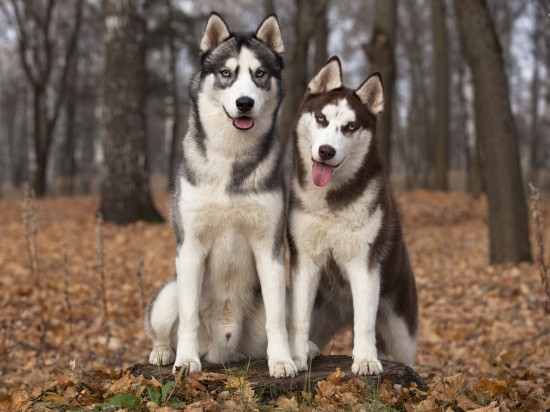 Siberian Husky Hereditary Health And Longevity
Siberian Husky Hereditary Health And Longevity
 Pekingese Dog Hereditary Health And Health Testing
Pekingese Dog Hereditary Health And Health Testing
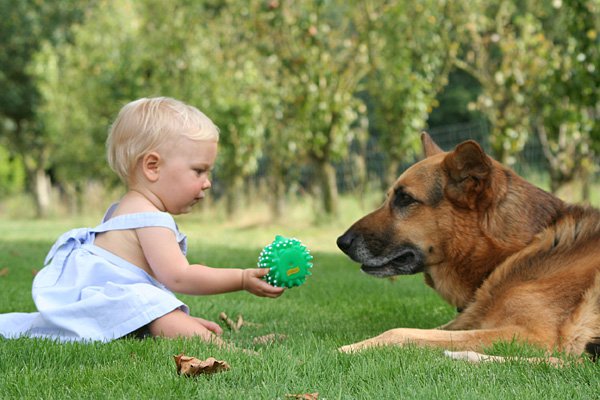 Free Labrador Guide For Better Understanding Of Their Needs
Free Labrador Guide For Better Understanding Of Their Needs
 The Bichon Frise And Allergies
The Bichon Frise And Allergies
 Breeding From Your Dog - Caring For The Litter During Their First Two Weeks Of Life
Breeding From Your Dog - Caring For The Litter During Their First Two Weeks Of Life
 Chicken Runs Provide both Activity and Protection to Your Feathered Pet
Chicken Runs Provide both Activity and Protection to Your Feathered Pet
 Choosing A Saddle And Accessories For Your Horse
Choosing A Saddle
Choosing A Saddle And Accessories For Your Horse
Choosing A Saddle
 Saint Bernard Dog Hereditary Health And Health Testing
Saint Bernard Dog
Saint Bernard Dog Hereditary Health And Health Testing
Saint Bernard Dog
 The Firefinch Family
The Firefinch Fam
The Firefinch Family
The Firefinch Fam
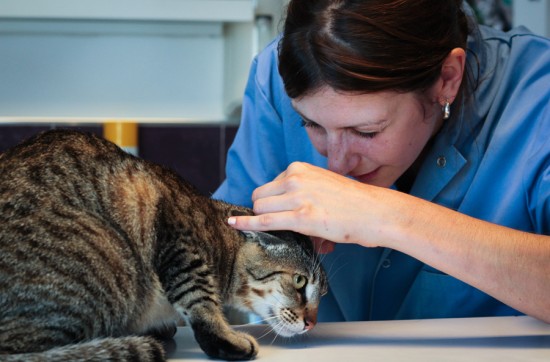 Ringworm In Cats
Ringworm In Cats
Ringworm In Cats
Ringworm In Cats
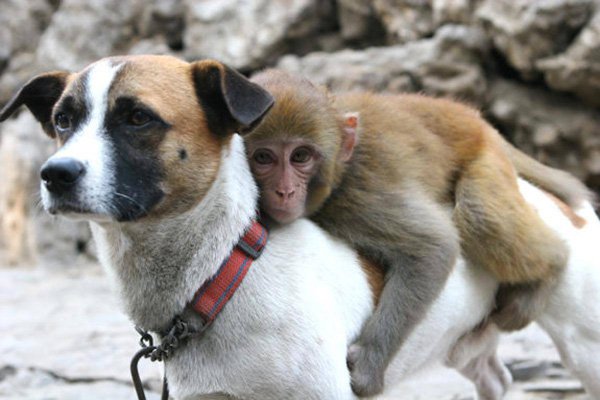 Let Reefs help you get the most out of your marine aquarium experience
Let Reefs help you get the most out of your marine aquariu
Let Reefs help you get the most out of your marine aquarium experience
Let Reefs help you get the most out of your marine aquariu
Copyright © 2005-2016 Pet Information All Rights Reserved
Contact us: www162date@outlook.com